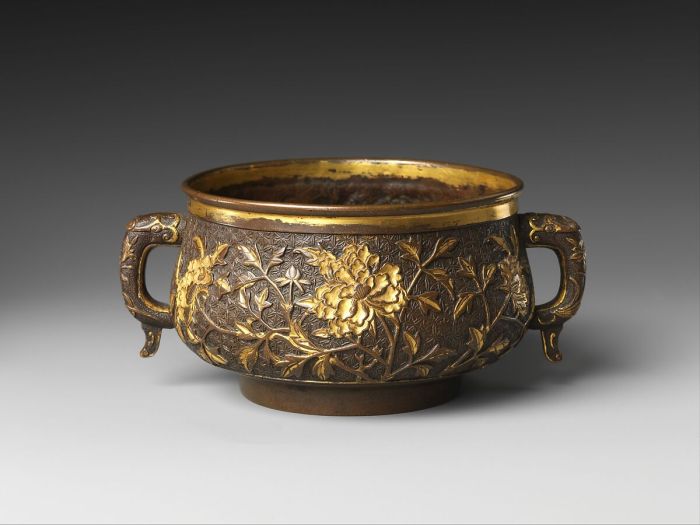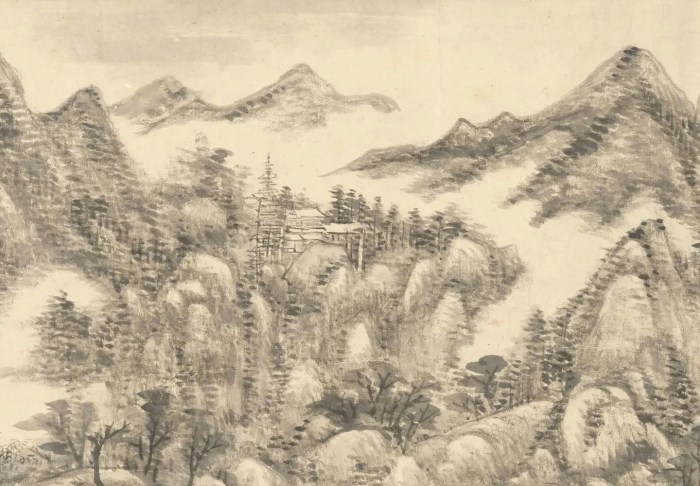Learning to paint in premodern China was a complex and multifaceted endeavor, steeped in tradition and cultural significance. From the majestic landscapes of the Song Dynasty to the intimate portraits of the Ming Dynasty, premodern Chinese painting encompassed a vast array of techniques, styles, and subject matter.
This exploration delves into the historical context, techniques and materials, subject matter and symbolism, education and training, and influence and legacy of premodern Chinese painting, providing a comprehensive understanding of this captivating art form.
Historical Context

Painting played a significant role in premodern China, serving as a means of cultural expression, social commentary, and spiritual enlightenment. During this period, various schools and styles emerged, each with its own unique characteristics.
Different Schools and Styles
- Academy Painting: Characterized by realism, detailed brushwork, and a focus on historical and literary subjects.
- Literati Painting: Emphasized spontaneity, emotional expression, and the use of ink and wash techniques to depict landscapes, bamboo, and other natural elements.
- Zen Painting: Influenced by Buddhist philosophy, Zen painting sought to capture the essence of the moment and express the artist’s spiritual insights through abstract brushwork and ink washes.
Famous Premodern Chinese Painters
- Wu Daozi(7th-8th century): Known for his masterful brushwork and monumental Buddhist paintings.
- Li Sixun(653-720): A leading figure of the Academy Painting school, renowned for his detailed landscapes.
- Dong Yuan(10th century): A pioneer of Literati Painting, his landscapes captured the subtle beauty and tranquility of nature.
Techniques and Materials
Premodern Chinese painting employed a range of traditional techniques and materials:
Brushes
- Wolf-hair Brushes: Used for fine lines and details.
- Goat-hair Brushes: Softer and more versatile, used for larger areas and washes.
- Horse-hair Brushes: Stiff and springy, suitable for creating thick, textured strokes.
Inks
- Black Ink: Made from soot or charcoal, providing a wide range of tonal variations.
- Colored Inks: Derived from minerals and plants, used for adding color and vibrancy.
Paper
- Xuan Paper: A thin, absorbent paper made from rice straw, ideal for ink and wash techniques.
- Silk: A smooth, luxurious surface that allows for fine details and vibrant colors.
Subject Matter and Symbolism

Premodern Chinese paintings depicted a wide range of subjects, each with its own symbolic meanings:
Landscapes
Landscapes represented the beauty and vastness of nature, often imbued with philosophical or religious significance.
人物画 (Figure Painting)
Figure paintings portrayed historical figures, scholars, and everyday people, reflecting social values and human relationships.
动物画 (Animal Painting), Learning to paint in premodern china
Animal paintings symbolized different qualities or virtues, such as courage (tiger), longevity (crane), and wisdom (monkey).
Education and Training: Learning To Paint In Premodern China

Learning to paint in premodern China was a rigorous and demanding process:
Master Painters and Apprenticeships
Aspiring painters studied under master painters through formal apprenticeships, where they learned techniques, styles, and the philosophy of art.
Levels of Training
- Apprenticeship: Students mastered basic skills and techniques.
- Assistant: Advanced students assisted the master painter in creating works.
- Independent Painter: Skilled painters established their own studios and taught apprentices.
Influence and Legacy
Premodern Chinese painting has had a profound influence on later Chinese art and global art history:
Influence on Chinese Art
- Inspired subsequent generations of Chinese painters, including the literati masters of the Ming and Qing dynasties.
- Influenced other art forms, such as calligraphy, ceramics, and lacquerware.
Contemporary Adaptations
Premodern Chinese painting techniques and styles have been adapted and incorporated into contemporary art, both in China and internationally.
Global Significance
Premodern Chinese painting is recognized as a significant contribution to the global history of art, showcasing the unique aesthetic and philosophical perspectives of Chinese culture.
User Queries
What were the common subject matters depicted in premodern Chinese paintings?
Premodern Chinese paintings often depicted landscapes, figures, flowers, birds, animals, and historical or mythological scenes.
How did premodern Chinese painters learn their craft?
Painters typically apprenticed with a master painter, learning techniques and styles through observation and practice.
What are the key characteristics of premodern Chinese painting techniques?
Premodern Chinese painting techniques emphasize brushwork, ink washes, and the use of negative space.